Famed mountains harbor famed waters, and famed waters nurture famed teas. As the “Top Mountain by the Sea,” Laoshan boasts a harmonious blend of mountain and sea views, with exceptional mineral water quality that truly establishes its reputation as “Laoshan Tea from Sacred Mountains and Holy Waters” and “The Finest Tea North of the Yangtze River” in China.
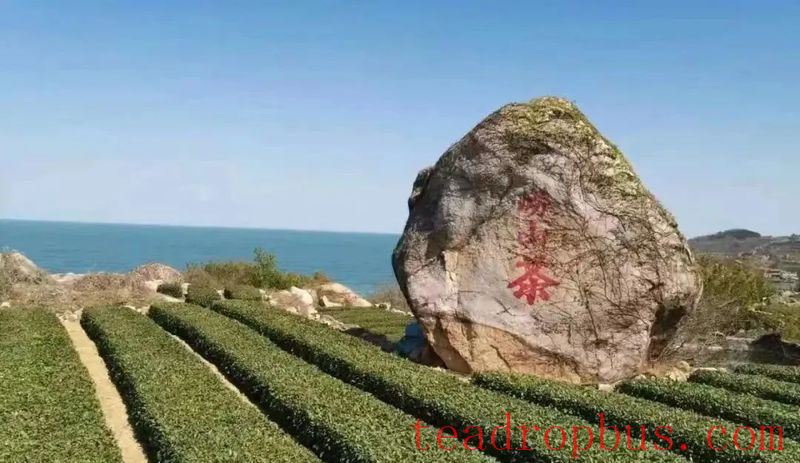
Origin Environment
Laoshan, located on the Shandong Peninsula, overlooks the East China Sea, with mountains and sea intertwined, and shrouded in mist. This area not only boasts picturesque landscapes but also fertile soil and a suitable climate, providing ideal conditions for tea cultivation. Laoshan Tea has achieved its elegant quality and unique taste through its distinctive growing environment.
Geographical Location
Laoshan Green Tea is a product of Qingdao City, Shandong Province, mainly produced in areas such as Wanggezhuang, Shazikou, Zhonghan, and Beizhai within Laoshan District. The tea is made from cold-resistant tea varieties like Huangshan Group and Longjing No. 43, known for their thick leaves, rich flavor, and durability when steeped. It can be categorized into spring, summer, and autumn teas, as well as twisted and flat-shaped varieties.
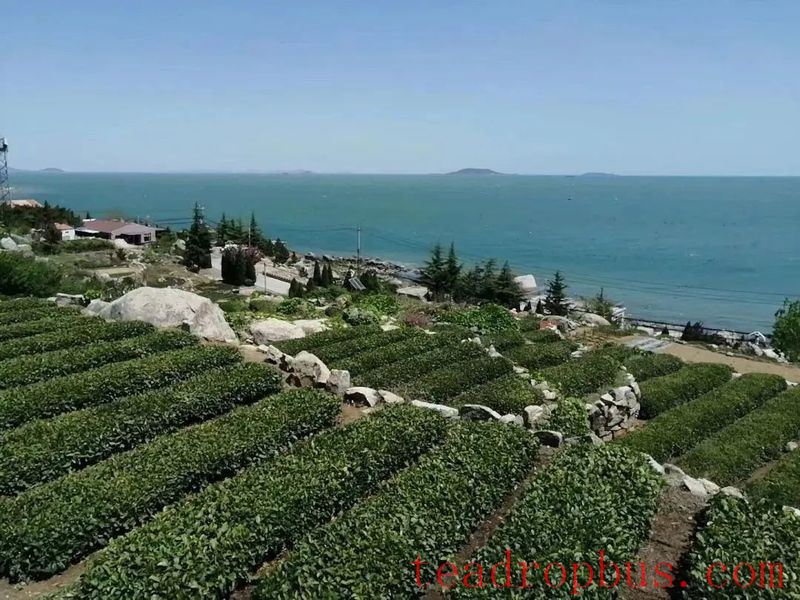
Climatic Characteristics
The Laoshan region in Qingdao is surrounded by the sea on three sides, enjoying a mild and humid climate with no severe winters, slow warming in spring, no extreme heat in summer, short hot periods, frequent fog, and large day-night temperature differences in autumn. The average annual temperature is around 12.4°C, with an average frost-free period of about 233 days. The acidic soil is ideal for tea tree growth, making it perfect for cultivating Laoshan green tea.
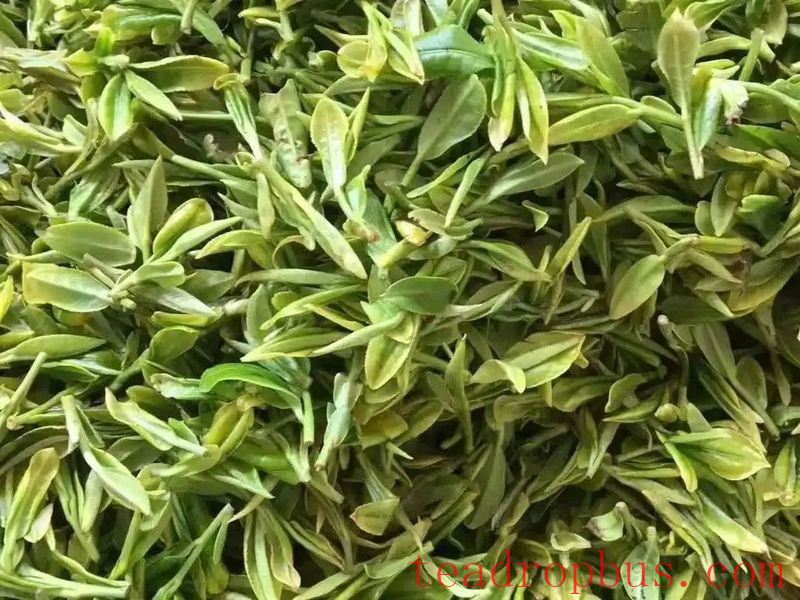
Quality Characteristics
Thick leaves, rich flavor, pea aroma, and durability when steeped
In appearance, Laoshan green tea exhibits noticeably plump buds and thicker leaves.
Laoshan green tea (excluding the earliest “Golden Bud”) generally presents as dark green or grayish-dark green, rather than light green or emerald green.
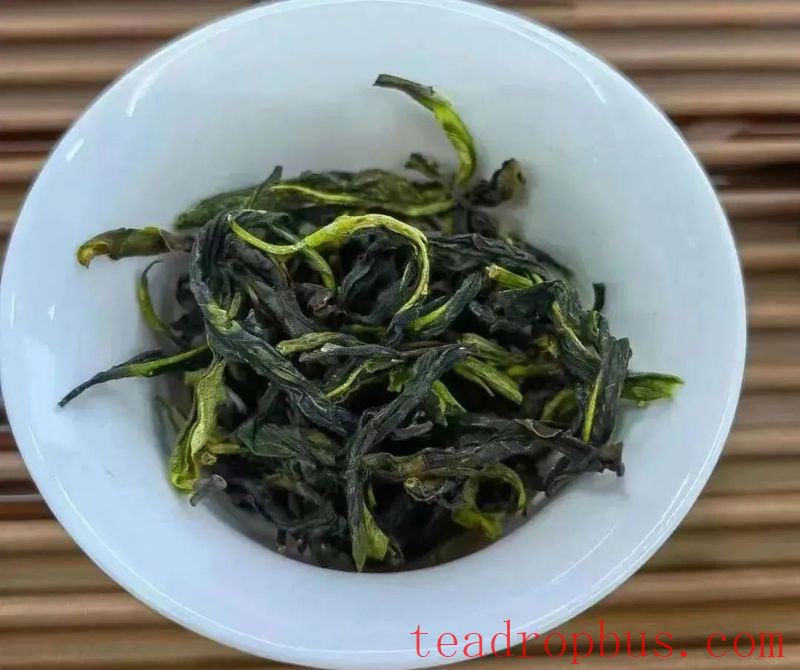
In terms of taste, Laoshan green tea has a richer flavor and a larger mouthfeel, often described as having a strong taste. In comparison, except for specific teas like Songyang fragrant tea and Tai Ping Hou Kui, southern teas tend to have a lighter flavor.
Laoshan green tea is one of China's strongly fragrant green teas, known for its unique pea-like aroma due to the presence of a substance called tea sterols. Tea sterols are a type of volatile fatty acid in tea that, together with Caffeine and other substances, contribute to the tea's aroma. In Laoshan green tea, the content of tea sterols is higher than in other green tea varieties, giving it a more pronounced pea-like aroma. Additionally, the humid climate and fertile soil in the Laoshan area are also important reasons for the pea-like aroma in Laoshan green tea.
In terms of durability when steeped, Laoshan green tea (except for the earliest fresh leaves) can typically be steeped five times or more, while various high-quality green teas from the south can usually only be steeped three times, with the third Steeping already quite light. This is one of the most important criteria for distinguishing between southern and northern teas.
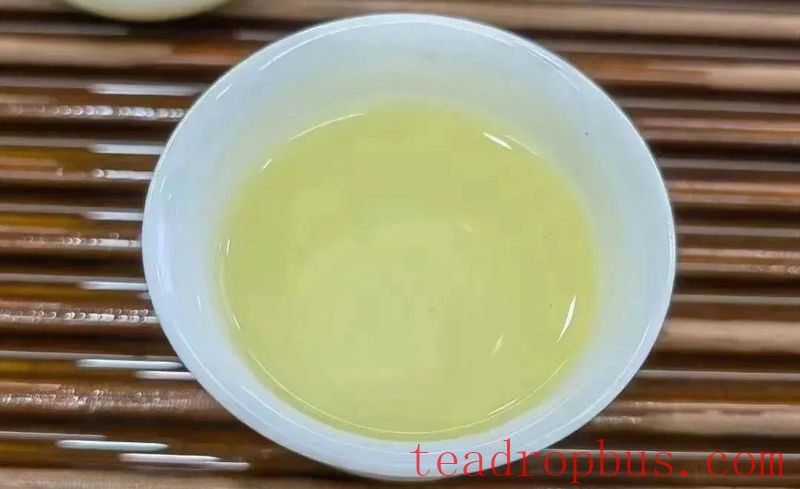
Brewing Method
Amount, water temperature, brewing time, brewing vessel
1. Amount: Generally, 3-5 grams of tea is used per serving, with a tea-to-water ratio of 1:50, for example, 3 grams of tea brewed with 150 milliliters of water.
2. Water Temperature: Some tea enthusiasts use boiling water (100°C) and quickly pour out the infusion after 10 seconds, while others use water at 80-85°C and prolong the infusion time accordingly. The specific brewing method should be based on personal preference.
3. Brewing Time: Because Laoshan tea is a northern tea with a stronger flavor, the infusion time is generally maintained between 25-35 seconds (depending on personal taste), otherwise, the tea will become too strong and develop a noticeable bitterness. This is different from southern teas, which generally require an infusion time of over 1 minute.
4. Brewing Vessel: Glass or porcelain vessels are best, and clay teapots such as those made from purple clay are not recommended for brewing.